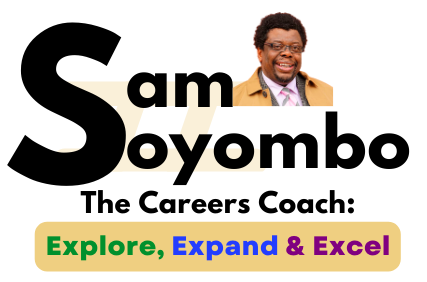
In a world where education serves as the cornerstone of personal and professional development, the art of effective teaching goes beyond the mere transmission of information. Every classroom is a tapestry of diverse minds, each with its unique way of processing and internalising knowledge. It is where the concept of learning styles steps in, advocating for a tailored approach to education that accommodates individual preferences and strengths.
The journey of recognising and accommodating different learning styles is a testament to the evolution of pedagogy. Armed with insights into cognitive psychology and neuroscience, educators have embarked on a mission to bridge the gap between how students learn best and how information is presented. This journey is not merely a trend but a fundamental shift in perspective – one that acknowledges the multifaceted nature of intelligence and the importance of adapting teaching strategies to embrace this diversity.
Understanding learning styles is akin to assembling a toolkit for educators. By recognising the preferences of visual, auditory, kinesthetic, and tactile learners, teachers gain the power to captivate their students’ attention, ignite curiosity, and spark a genuine passion for learning. This toolkit extends beyond the boundaries of the classroom, moulding future professionals who are not just armed with knowledge but equipped with a holistic understanding of their subjects and the ability to apply that understanding to real-world scenarios.
In the realm of education, one size does not fit all. Every student is unique, possessing distinct preferences and methods for absorbing information. Recognising and accommodating different learning styles is a crucial aspect of effective teaching. Educators can create a more engaging and inclusive learning environment by tailoring lessons to cater to various learning styles.
This blog will explore the significance of acknowledging different learning styles and how incorporating visual, auditory, kinesthetic, and tactile approaches can enrich students’ understanding of career-related topics.
Understanding Learning Styles
Learning styles refer to the preferred ways in which individuals learn best. A combination of factors, such as cognitive, emotional, and environmental aspects, influences these styles. Four primary learning styles are widely recognised:
1. Visual Learners: These students grasp concepts better through visual aids such as diagrams, charts, images, and videos. They tend to process information by creating mental pictures and observing patterns.
2. Auditory Learners: Auditory learners thrive when information is presented through sound, such as lectures, discussions, and podcasts. They excel at retaining information by listening and verbalising concepts.
3. Kinesthetic Learners: Also known as tactile learners, kinesthetic learners absorb information by engaging in hands-on activities, movement, and experiential learning. They learn best by doing and physically interacting with the subject matter.
4. Tactile Learners: Tactile learners share similarities with kinesthetic learners but have a stronger preference for touch and manipulation of objects. They benefit from physically engaging with materials.
Incorporating Learning Styles into Lessons
To create an inclusive and practical learning experience, educators should incorporate strategies catering to different learning styles. Here’s how each learning style can be accommodated when teaching career-related topics:
1. Visual Approaches:
– Utilise visually appealing presentations, infographics, and charts to explain complex concepts.
– Incorporate relevant videos and animations to illustrate real-world applications and scenarios.
– Encourage students to create visual representations of their learning, such as mind maps or concept diagrams.
2. Auditory Approaches:
– Conduct interactive discussions and debates encouraging students to express their thoughts verbally.
– Share audio recordings of interviews with professionals in the field, offering firsthand insights.
– Integrate podcasts or recorded lectures to reinforce key ideas and provide an alternative way of learning.
3. Kinesthetic Approaches:
– Organise hands-on activities, simulations, and role-playing exercises that allow students to experience career-related situations.
– Plan field trips or virtual tours to relevant workplaces to provide a practical context for their learning.
– Design collaborative projects that require physically manipulating materials, fostering teamwork and creativity.
4. Tactile Approaches:
– Provide tactile materials like models, prototypes, or manipulatives with which students can touch and interact.
– Encourage students to participate in experiments or activities that involve touch and sensory exploration.
– Incorporate interactive technology or apps that allow students to engage with the content physically.
Conclusion
The tapestry of education is woven from the threads of diverse minds, each contributing a unique hue to the canvas of knowledge. As we navigate the dynamic landscape of modern education, one thing becomes clear – the “one-size-fits-all” model no longer suffices. Embracing different learning styles is not an indulgence; it’s a necessity.
The journey of accommodating various learning styles is challenging. It requires dedication, creativity, and an unwavering commitment to the betterment of students. However, the rewards are boundless. When educators embark on this path, they embark on a journey of transformation that touches lives, nurtures passions and shapes the future.
The classroom is not a stage where a solitary monologue unfolds in this new paradigm. It’s a dynamic arena where a symphony of teaching methods harmonises with the unique rhythms of each student’s mind. In this symphony, visual learners visualise solutions, auditory learners verbalise insights, kinesthetic learners embody concepts, and tactile learners touch the essence of understanding.
Recognising and accommodating different learning styles is not just about adapting teaching methods; it’s about fostering a culture of inclusivity, empathy, and innovation. It’s about seeing each student as an individual and, through a prism of diverse learning styles, nurturing their potential to excel and create. By embracing this philosophy, educators become architects of a brighter future where every student’s unique melody adds to the grand opus of human progress.
In the modern educational landscape, embracing diverse learning styles is essential to engage students effectively and ensure a well-rounded learning experience. Educators can create dynamic lessons that cater to a wide range of preferences and abilities by incorporating visual, auditory, kinesthetic, and tactile approaches. The goal is not to segregate students based on their learning styles but to provide a rich and varied learning environment that supports each student’s growth and understanding. By doing so, educators empower their students to explore and excel in career-related topics, setting them on a path towards success in their chosen fields.











